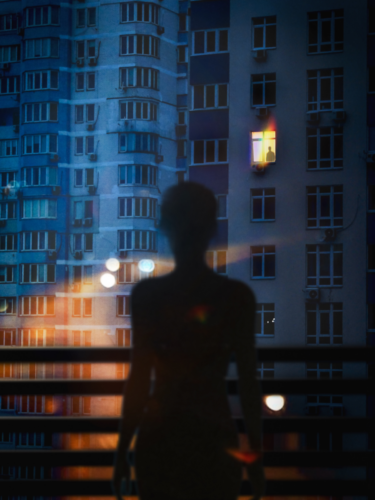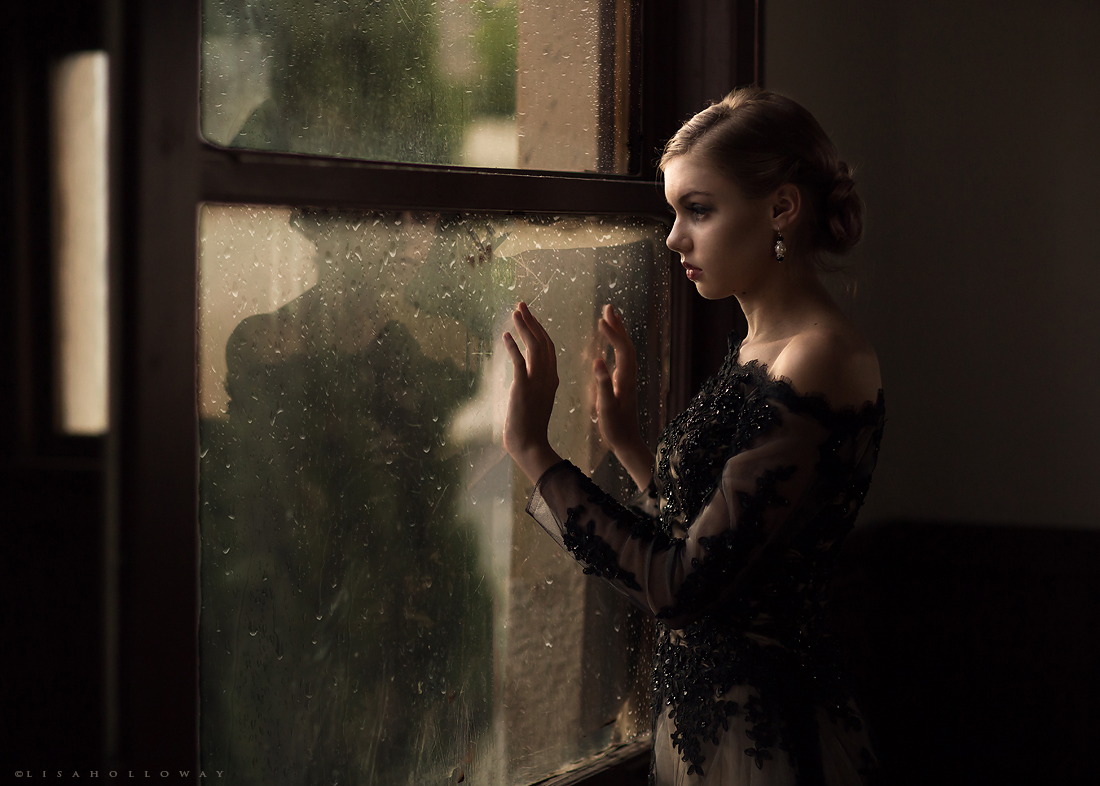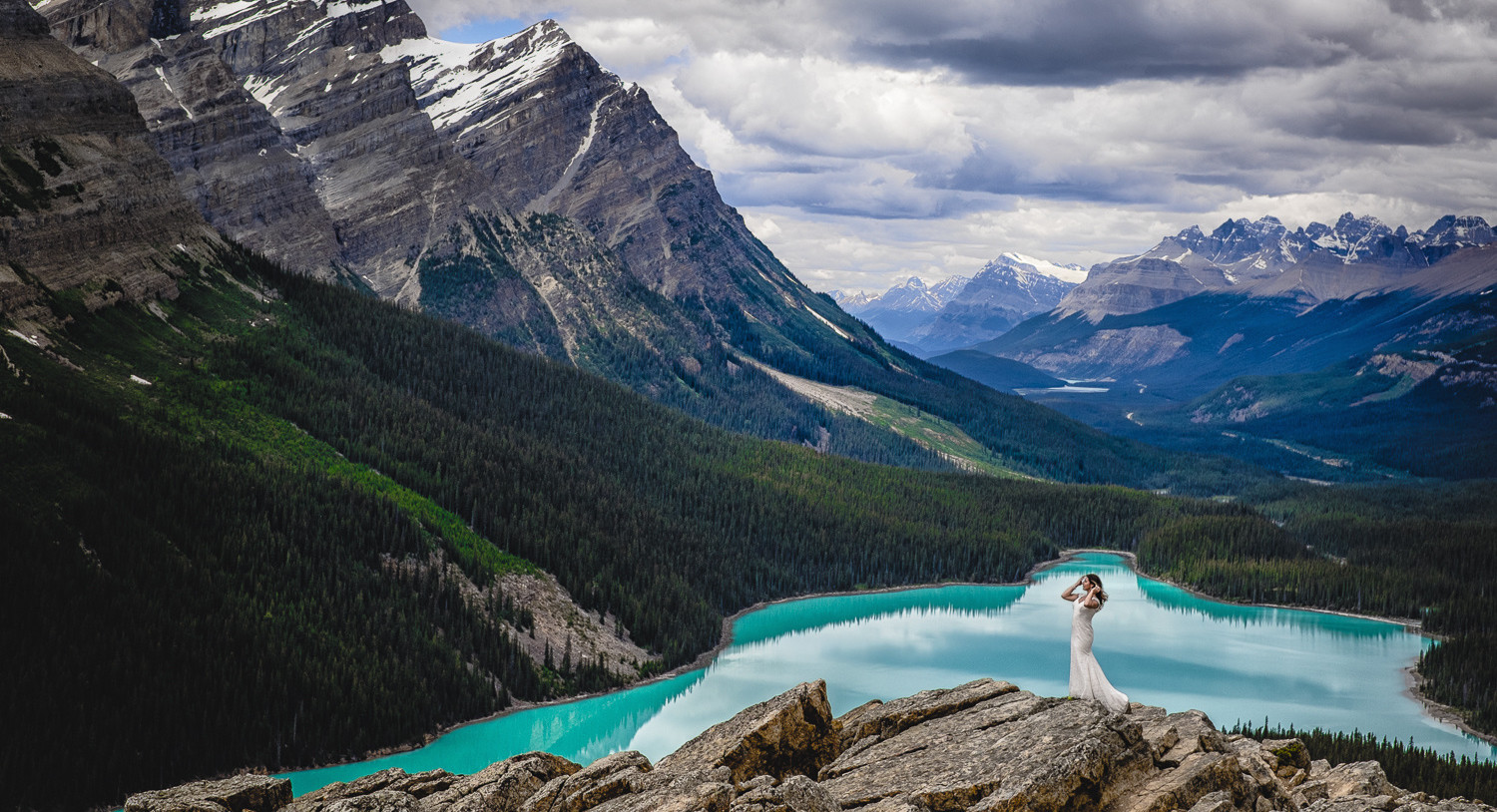Silhouette photography has the unique power to convey powerful emotions and dramatic narratives by emphasizing shape and form over details and textures. By creatively harnessing silhouettes, photographers can captivate viewers’ imaginations, prompting them to fill in unseen details and engage deeply with the story. Here’s how to master silhouettes to elevate your photographic storytelling.
The Art of Silhouettes
A silhouette is created when your subject is backlit, making the subject appear completely dark against a lighter background. Silhouettes rely heavily on strong outlines, instantly recognizable shapes, and clear gestures to tell compelling stories.
Capturing the Perfect Silhouette
Ideal Conditions
- Sunrise and sunset offer low-angle sunlight, providing ideal lighting conditions to create dramatic silhouettes.
- Artificial light sources like urban lights, windows, and doorways offer unique creative opportunities for silhouette photography.
Camera Settings
- Adjust your exposure for the brightest part of the scene, usually the background, to render your subject as a dark silhouette.
- Choose a narrower aperture (higher f-number) to maintain clear, sharp outlines, ensuring your silhouette remains distinct.
Composition Techniques for Dramatic Impact
- Select subjects with strong, recognizable shapes—human figures, animals, architecture, and trees often create compelling silhouettes.
- Encourage subjects to use clear gestures or dynamic poses to communicate emotion or action effectively.
- Utilize negative space to emphasize silhouettes, creating visual balance and directing viewers’ attention to the subject.
Enhancing Storytelling through Silhouettes
Silhouettes simplify your scene, focusing viewers’ attention entirely on the emotional or narrative essence of your image. Obscuring details introduces an element of mystery, inviting viewers to engage actively with your photograph. Silhouettes naturally evoke emotional responses, effectively conveying solitude, contemplation, love, or drama.
Post-Processing Tips
- Enhance contrast and deepen blacks to emphasize your silhouette, strengthening its dramatic presence.
- Apply subtle color grading or tone adjustments to amplify mood—warmer tones evoke romance or nostalgia, while cooler tones suggest tranquility or melancholy.
Creative Applications
Silhouettes are versatile across many genres, including intimate portraits, dynamic street photography, and striking nature and wildlife imagery. Using silhouettes thoughtfully allows photographers to communicate powerful forms and actions, creating graphically strong and emotionally resonant photographs.
Silhouettes offer photographers an exceptional tool for impactful storytelling, combining simplicity with emotional intensity. By mastering essential techniques, thoughtful composition, and creative execution, you can craft compelling visual narratives that resonate deeply with your audience. Explore silhouettes in your photography, and uncover the profound storytelling power hidden within shadows.
Extended reading: Creating depth and drama with moody photography










